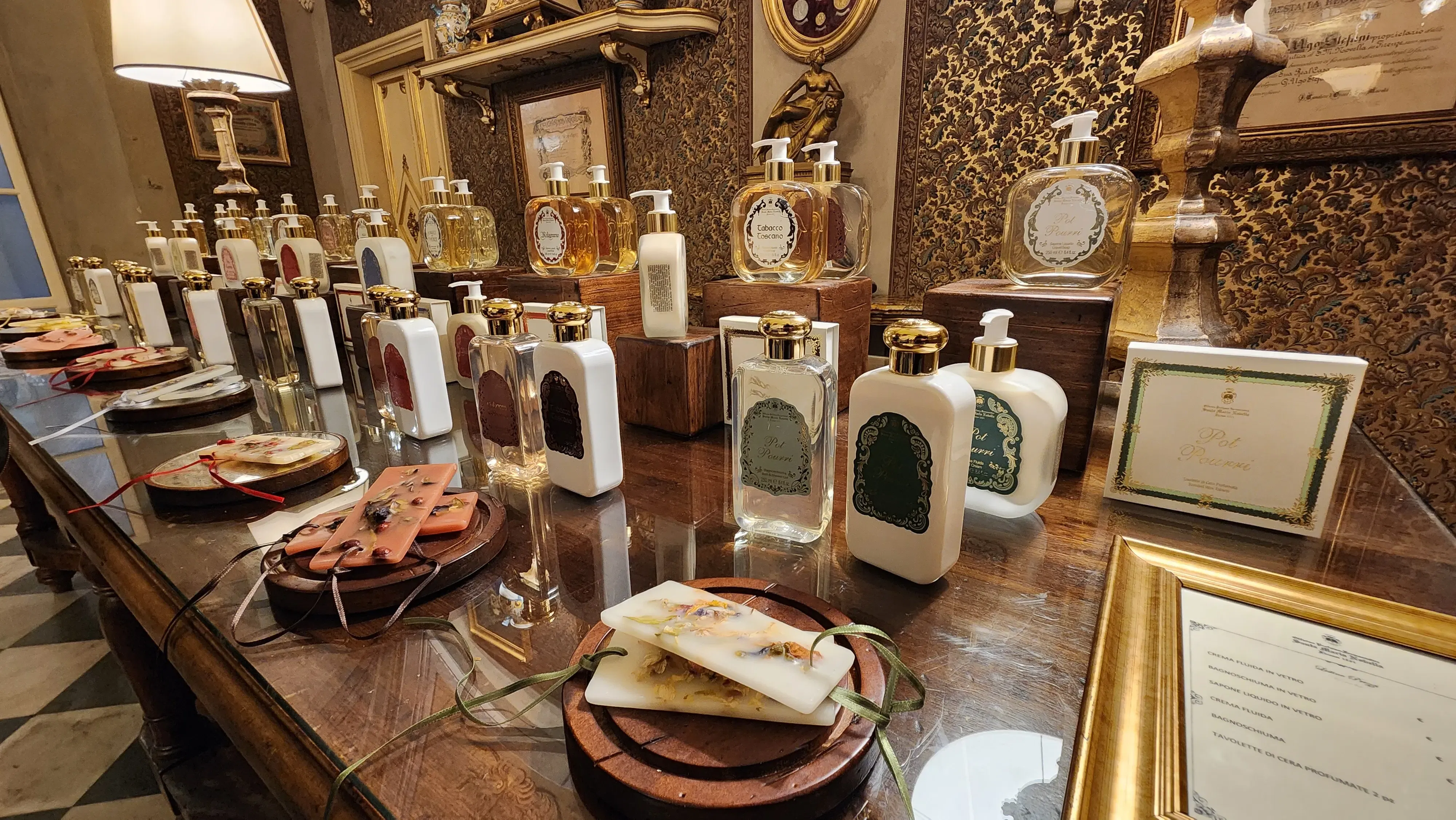Ciao, dear fragrance enthusiasts! 🌸 Florence isn’t just the birthplace of the Renaissance – it’s also the cradle of artisanal perfumery. A stroll through the city’s cobblestone streets reveals more than stunning architecture and timeless art; it unveils a sensory journey through the captivating world of Florentine fragrance. Let’s explore how Florence became synonymous with the art of perfume, a legacy that continues to enchant visitors today.
A Legacy of Luxury: Perfume in Renaissance Florence
Florence’s history of perfumery dates back to the 14th century, when fragrance-making flourished under the Medici family’s influence. At a time when art and science were merging, alchemists and herbalists experimented with essential oils, herbs, and flowers to create aromatic masterpieces. These luxurious scents weren’t just for personal use – they symbolized wealth, power, and culture.
The Medici family, famed patrons of the arts, also championed the craft of perfumery. Catherine de’ Medici is often credited with popularizing Florentine perfumes in the French court when she married King Henry II of France. Her custom-made fragrances became the height of sophistication, establishing Florence’s reputation as a global hub for perfume artistry.
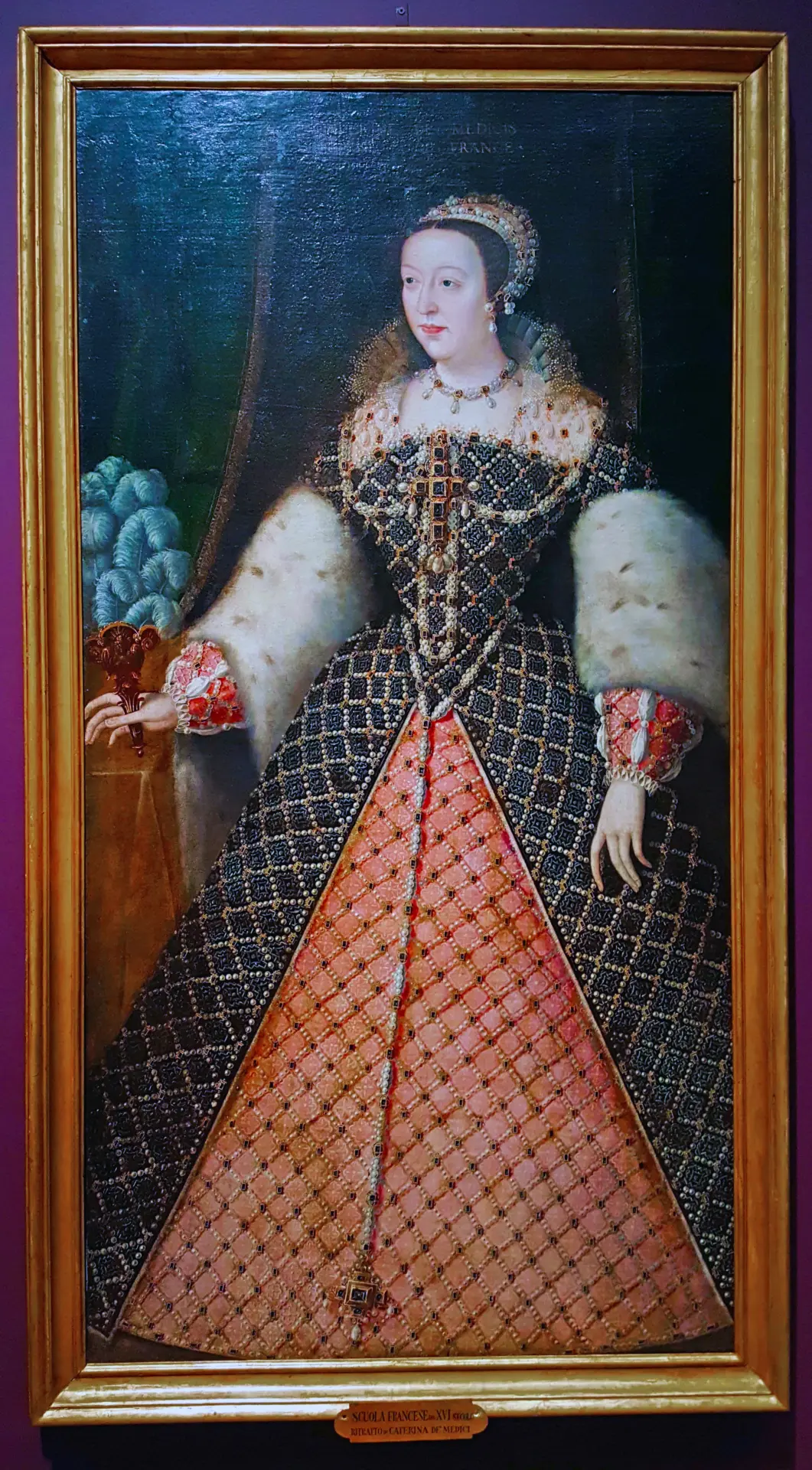
Local Ingredients: From the Tuscan Hills to Bottled Elegance
Florence’s perfumes draw inspiration from the rich natural bounty of Tuscany. Ingredients like iris root (known as orris), lavender, bergamot, and rose have long been staples of local perfumers. These raw materials are cultivated and harvested with care, ensuring their purity and quality.
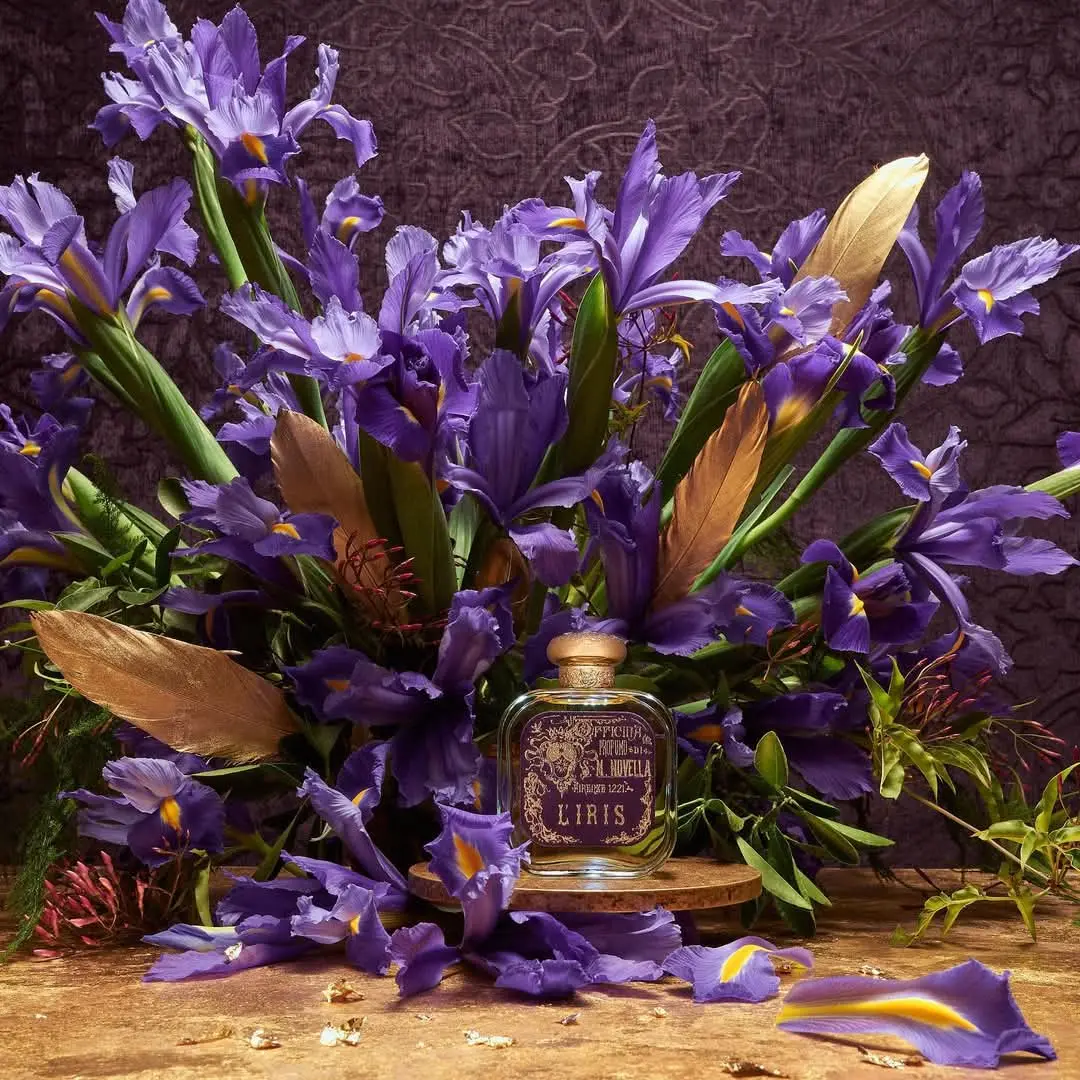
Iris root, in particular, has a special connection to Florence – it’s the city’s emblem. It’s no wonder this fragrant ingredient became a hallmark of Florentine perfumes, symbolizing refinement and tradition.
Icons of Florentine Fragrance
No conversation about Florentine perfume is complete without mentioning Officina Profumo-Farmaceutica di Santa Maria Novella, one of the world’s oldest pharmacies. Established in 1221 by Dominican monks, it became a beacon of innovation in herbal remedies and perfumes. Today, it’s a must-visit destination for perfume lovers, blending centuries-old traditions with timeless elegance.
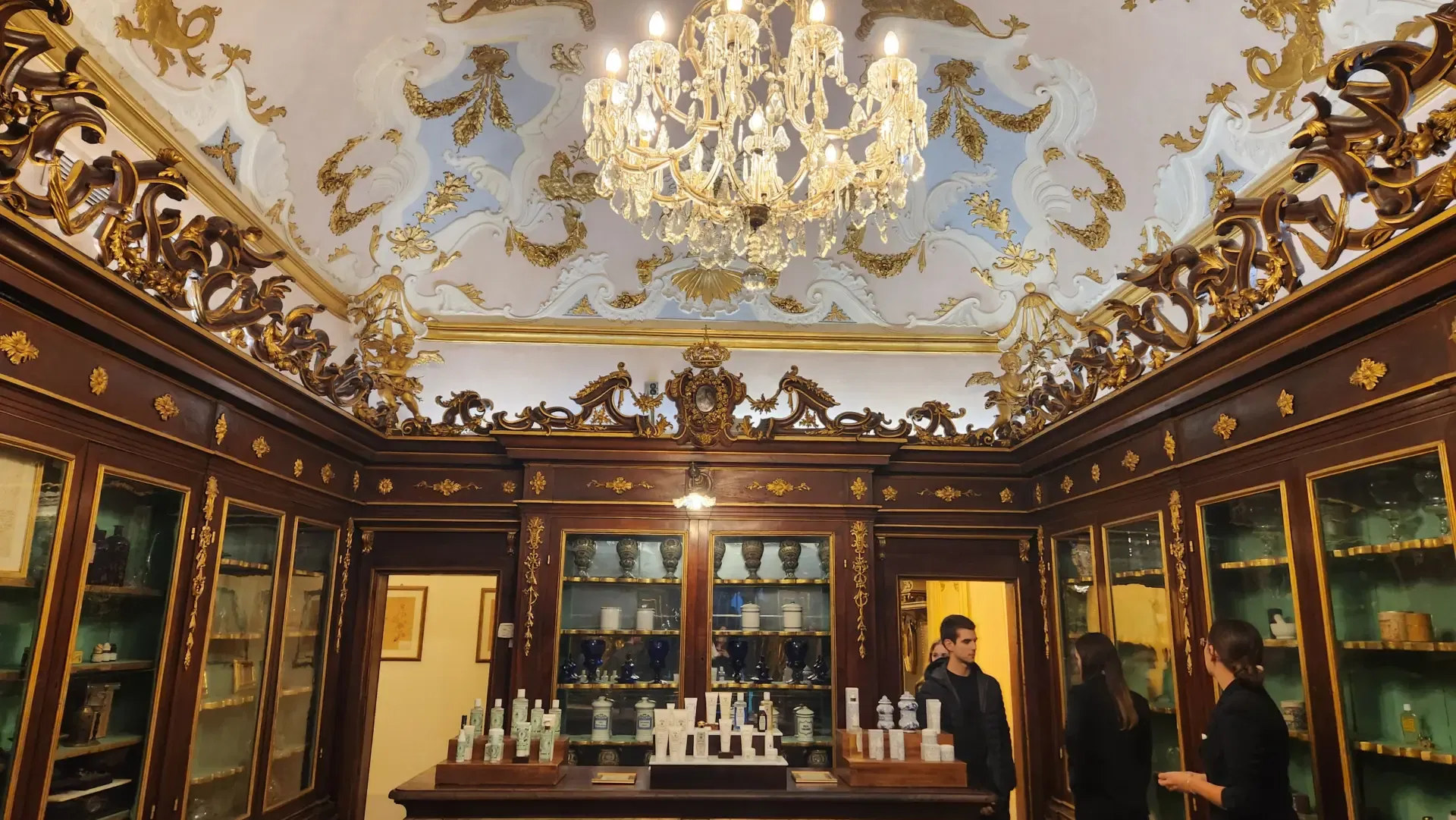
Perfume as Art: Crafting Fragrance in Florence
Florence’s perfumeries aren’t just shops; they’re ateliers where artistry meets science. Master perfumers blend ingredients with precision, guided by centuries of expertise. Each bottle is a sensory masterpiece, telling a story of craftsmanship and passion.
Modern perfumeries like AquaFlor Firenze and Dr. Vranjes carry forward this tradition, creating bespoke fragrances that capture the soul of Florence. Visiting these ateliers feels like stepping into a gallery of scents, where each creation is as unique as a painting.
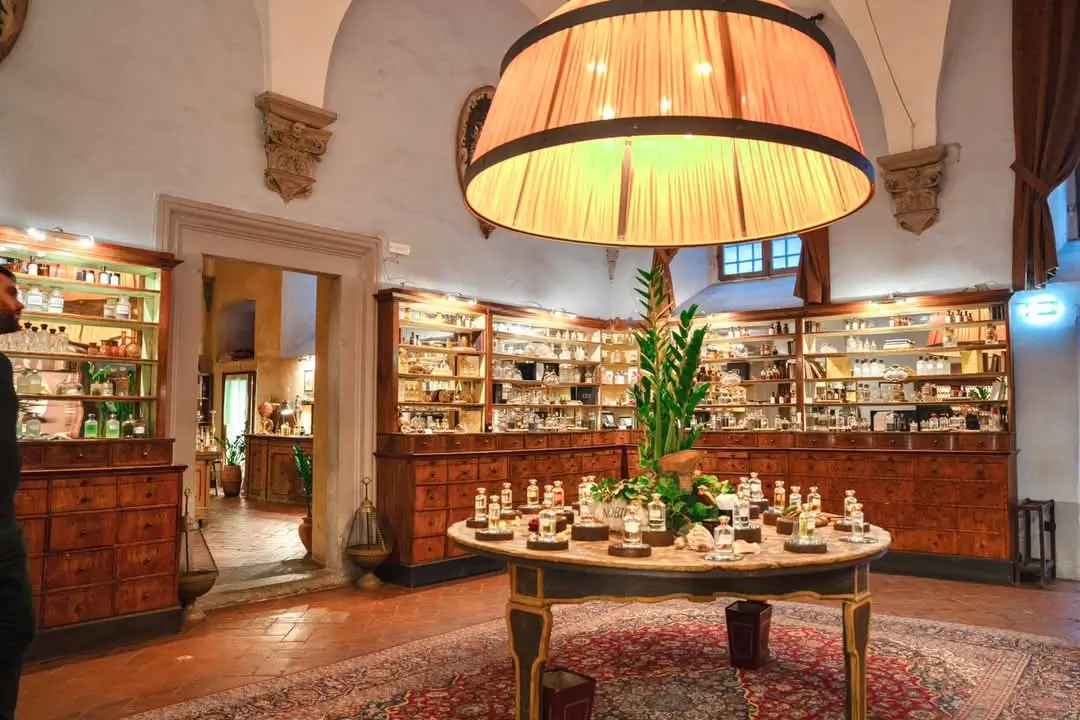
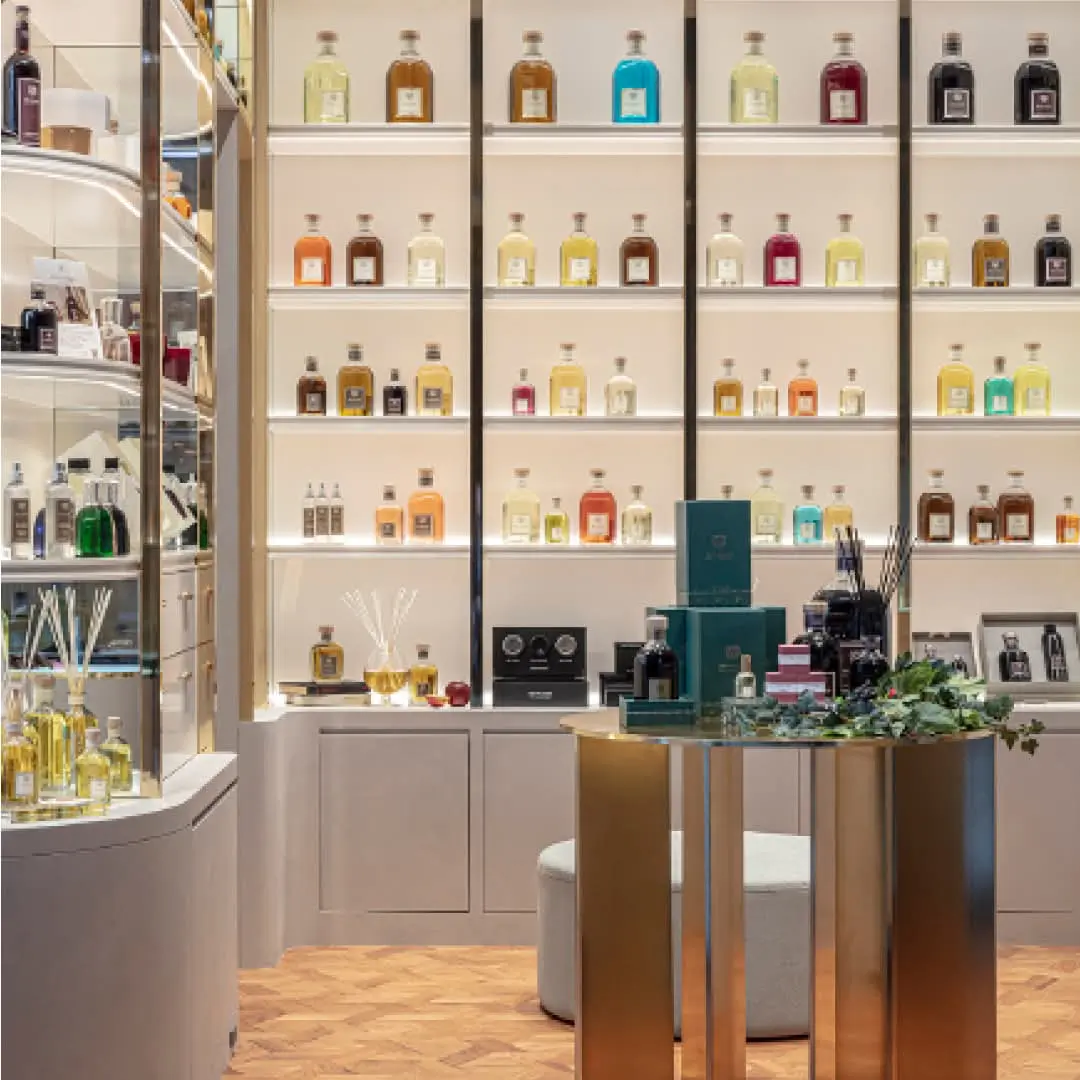
A Modern Renaissance in Fragrance
Florentine perfumery has experienced a resurgence in recent years, blending ancient techniques with contemporary flair. From niche fragrances to natural, sustainable products, today’s artisans continue to innovate while honoring their heritage. Whether you’re seeking a classic floral bouquet, a spicy oriental, or a fresh citrus scent, Florence offers something for every fragrance lover.
Practical Tips for Exploring Florence’s Perfume Scene
- Visit Historical Perfumeries: Stop by iconic establishments like Officina Profumo-Farmaceutica di Santa Maria Novella and AquaFlor Firenze for a deeper dive into the history and artistry of perfume.
- Take a Perfume Workshop: Many ateliers offer hands-on experiences where you can create your own custom fragrance.
- Sample the Scents: Don’t rush – take your time exploring and sampling perfumes. Let each scent transport you.
- Bring Home a Bottle: A Florentine perfume makes for the perfect souvenir, encapsulating the essence of your trip in a single bottle.
Final Thoughts
Florence’s legacy as a perfume capital is as vibrant and enduring as its art and architecture. Each bottle of fragrance is more than just a blend of oils; it’s a story of creativity, tradition, and passion. Whether you’re a seasoned perfume aficionado or simply curious, exploring Florence’s fragrant history is an experience that will stay with you long after the scent fades.
Until next time, stay bubbly and keep exploring! ✨
Xoxo,
Bubbly 🎈

